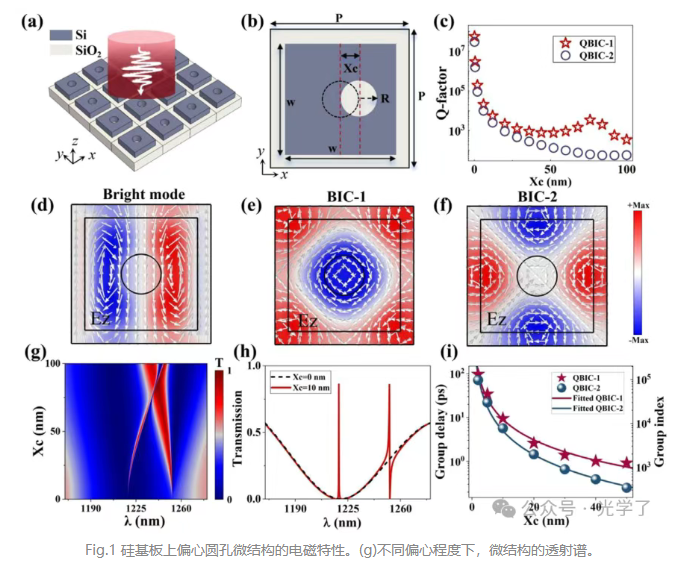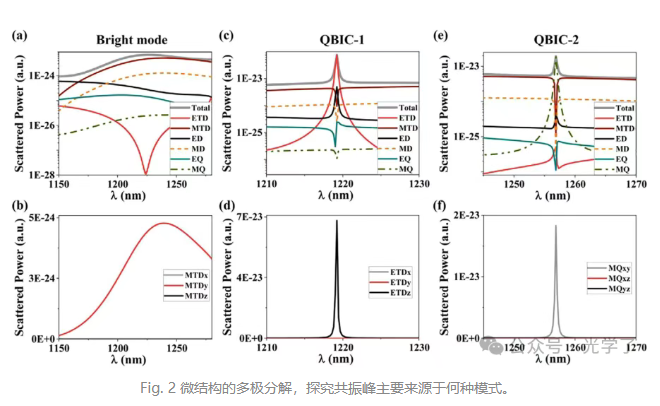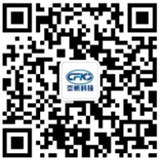23
2025
-
07
Electromagnetically induced transparency based on quasi-continuous bound states
Author:
Electromagnetically induced transparency (EIT) is an important phenomenon in physics. Translating it as "electromagnetically induced transparency of a medium" or "electromagnetically induced medium transparency" might be more accurate, providing a clearer physical picture.
The EIT phenomenon mainly involves altering the electromagnetic response characteristics of a material through an externally applied magnetic field, resulting in highly efficient transmission within a specific frequency band.
Traditional EIT originates from quantum interference, resulting from interference between different transition paths, is a typical quantum effect . Micronano-optics , which has also seen the development of similar electromagnetically induced transparency phenomena in recent years, primarily originates from mode coupling and interference in micro-nano structures 。
Metamaterials are an effective way to achieve a classical simulation of EIT. Generally, it utilizes the coupling between a bright mode and a dark mode . For example, through the interference between dipole modes (bright mode) and quadrupole modes (dark mode), many similar studies have been verified in plasmonic structures. Compared to dielectric materials, metallic materials still have significant ohmic losses , and the Q factor is still limited.
There is also a lot of research on electromagnetically induced transparency of microstructures in all-dielectric systems; for detailed background information, please refer to the article [1] 。
This official account's previous short article also introduced bound states in the continuum (BIC): Optical bound states in the continuum in periodic structures . BICs have extremely high Q factors and are non-radiative states. By altering the micro-nano structure and breaking the structural symmetry, a quasi-bound state, qBIC, with a high Q factor can be formed. Structures with high Q factors have significant advantages in the construction of optoelectronic devices because they can significantly enhance the electromagnetic field.
By overlapping high-Q quasi-bound states and low-Q Mie resonances, it is possible to achieve electromagnetically induced transparency (EIT) in all-dielectric metasurfaces [2] [3] . This is a very interesting exploration; most current work focuses on single-band electromagnetically induced transparency.
Recently published in Laser Photonics Review journal article [4] completed research on dual-band electromagnetically induced transparency based on continuous domain quasi-bound states.

In this work, researchers designed a method that does not use oblique incidence but breaks the symmetry of the microstructure to achieve dual-band EIT. This can be achieved through eccentric holes or U-shaped structures. Relevant research on controlling BICs by breaking structural symmetry can refer to the previous short article: Relationship between the asymmetry of dielectric metasurfaces and the Q factor in q-BICs 。
Symmetry-protected BICs are converted to qBICs, which are then coupled with low-Q Mie resonances to achieve dual-band EIT with a high Q factor. Researchers performed multipole analysis on the structure ( COMSOL calculation of one-dimensional periodic structure scattering multipole decomposition ) showing that these qBICs are dominated by electric toroidal dipoles and magnetic quadrupoles, while the low-Q bright modes are dominated by magnetic toroidal dipoles. Numerical simulations show that the corresponding Q factors of the two EIT bands are 7674 and 3631, respectively.

In addition, researchers also conducted similar explorations on asymmetric U-shaped structures and experimentally verified the dual-band EIT effect. The experimental transmission spectrum is highly consistent with the numerical simulation results. Furthermore, the measurement results confirm that by adjusting the asymmetry parameters, the resonance wavelength and Q factor of the dual-band EIT can be precisely controlled.

LATEST NEWS
2025-08-20
High-order vortex beams assist super-resolution imaging
Recently, Professor Huang Zhiwei from the Department of Biomedical Engineering at the National University of Singapore led a biophotonics team in a latest study proposing that by introducing higher-order vortex beams into the minimal light flux (MINFLUX) imaging technology, the measurement accuracy of the imaging system can be significantly improved, thereby further breaking through the resolution limits of traditional optical imaging.
2025-08-20
Intrinsic Higher-Order Topological Insulators Based on Equivalent Medium Systems
Recently, Dr. Shaojie Ma, a young researcher at the Fudan University Institute of Future Information Innovation, Professor Lei Zhou from the Department of Physics, and Professor Shuang Zhang from the Department of Physics at the University of Hong Kong collaborated to achieve breakthrough progress in the field of topological state research, proving for the first time at both theoretical and experimental levels that intrinsic higher-order topological insulators (HOTI) exist in uniform electromagnetic media.
2025-08-20
Research on Non-Hermitian Properties Assisted by Orbital Angular Momentum Synthesis Dimensions
In quantum mechanics, observables usually need to satisfy Hermiticity to ensure that their eigenvalues are real numbers.
2025-08-20
Differentiable imaging unlocks full-link optimization
In the field of computational imaging, uncertainty has long constrained technological development.
2025-08-20
Reconfigurable multifunctional integrated optical computing chip
The development of artificial intelligence is driving the evolution of computing architecture towards higher performance, lower power consumption, and greater adaptability.

